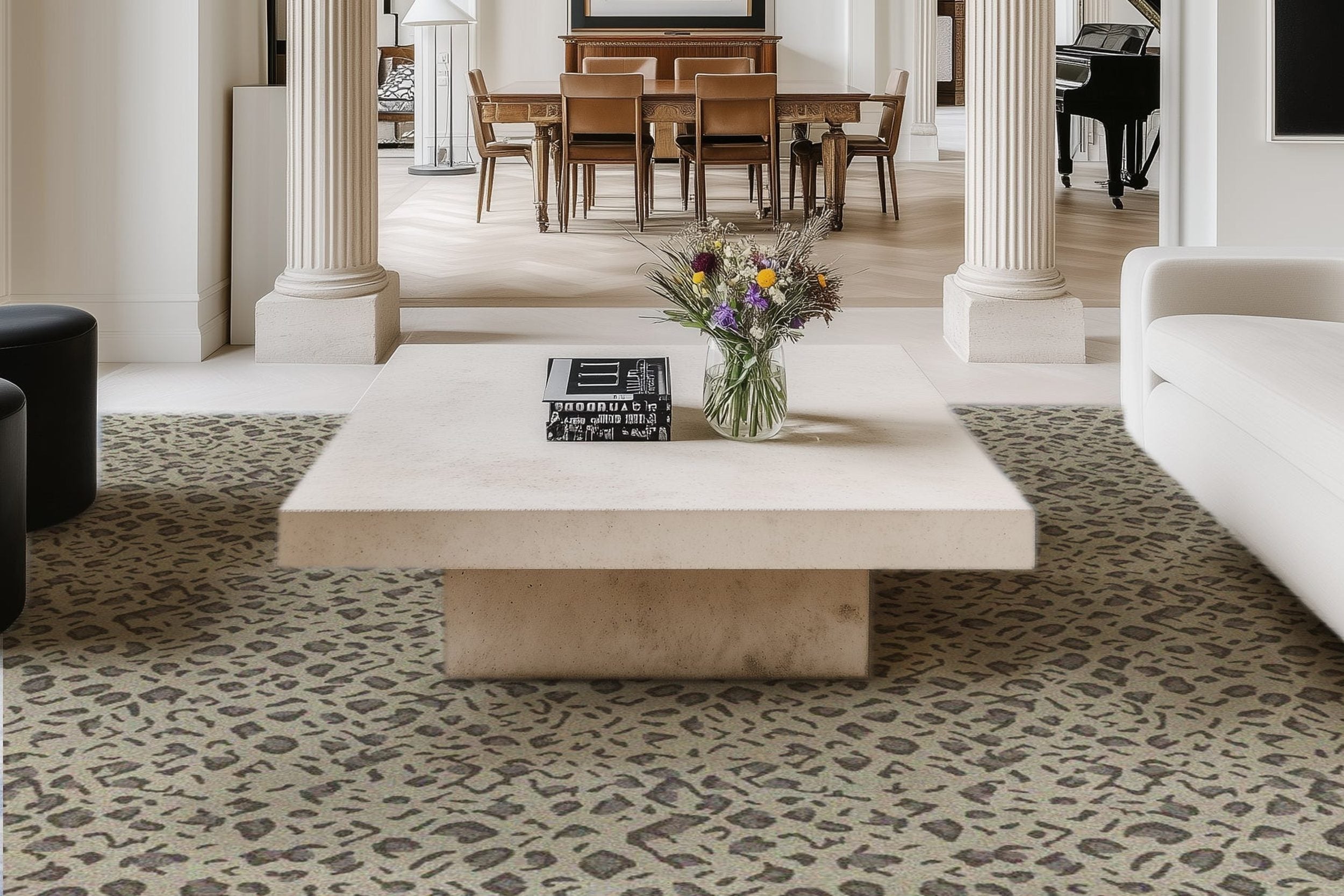What Are Space Management Solutions and Why Do They Matter?
Organizations need to make the most of their physical space and harness every square foot available. This is where space management solutions come in handy.
These solutions centre on planning and organizing space within facilities to maximize their utility and effectiveness. In this post, we will discuss why space management solutions are essential and how they help improve efficiency, save money, and enhance facility owners' experiences.
Understanding Space Management
Space management not only entails planning the design of physical spaces in a building but also includes working in minute details, such as the floor plan and the placement of furniture. Its purpose is to establish an ambience supportive of the activity completed within that space.
Technology plays a key part in this planning process. Using software tools, businesses can track space utilization, obtain and analyze data, and make decisions. Moreover, these tools help create visual layouts to help companies adjust plans on the fly for more effective outcomes.
Advantages of Managing Space Effectively
There are various benefits to using a space to its full potential. A tidy location provides advantages by ensuring that your workers can access the things they require for their tasks. Less time will be wasted searching for tools, which enables a better workflow.
Yet another major benefit is cost savings. This will allow organizations to avoid needing more physical space. It can drive down the cost of leasing and reduce energy costs, which can create an overall more sustainable facility.
Employee Experience Enhancements
Let us not forget the effect on employees as well. An organized workplace could boost morale and happiness. An open and organized environment provides increased motivation and engagement from employees.
Space flexibility becomes increasingly important. Flexible spaces can facilitate collaboration and meetings as well as focused, individual work. This versatility accommodates different work styles, making it suitable for various employees.
Environmental Factors
More organizations are looking to preserve sustainability. Optimized space utilization can help companies reduce their carbon footprint. This helps companies store only what they need, reducing unnecessary space and, in turn, reducing energy consumption and waste production.
Incorporating energy-efficient technologies and practices can further complement these efforts. This can include the use of natural light and efficient heating and cooling systems, all of which can greatly reduce energy consumption, for instance. Such initiatives help save the environment as well as operational costs.
Challenges and Solutions
Even so, space management can pose challenges to its implementation. Perhaps the biggest hurdle is changing employees' newly formed comfortable arrangements. However, if you communicate the benefits and involve employees in the planning process, such a transition should be smooth.
Another important factor is how accurate the data is. Making great decisions requires reliable data, which emphasizes the need for organizations to ensure that their data collection methods are accurate and current. However, this issue can be resolved by investing in reliable space management solutions and ensuring that staff are skilled in using them.
Technology: An Absolute Necessity
Using technology when it comes to space management can also make simplification seamless. Software solutions have functionalities that track real-time space utilization. It will share the usage patterns of these spaces and what needs to be done to improve.
However, there are still more advantages to automation. Automating some processes will allow organizations to lower the cost of manual work with less time and effort spent. This frees staff to focus on more strategic initiatives, ultimately driving greater productivity.
Future of Space Management
Multiple trends will drive the development of space management solutions in the future. Remote work has shifted the perspective on physical space, leading to a preference for smaller, flexible offices, enabling hybrid ways of working.
Its focus also sweeps over health and well-being, which is why spaces are built with considerations for this, such as better air quality and ergonomics. Considerations like these are becoming critical elements of space management today.
Conclusion
Space management tools help maximize the usage of physical environments. These come with several benefits such as increased productivity, reduced costs, and increased employee satisfaction.
With knowledge and practical skills, these organizations can develop environmentally aligned facilities. They can become an integral part of how the plant operates and can play a part in supporting a future where we strive for sustainability. With trends constantly changing, knowing the solutions to leverage these in the right direction will be the need of the hour.
Browse by Category

Design Projects
Explore interiors from client work and personal renovations — layered, livable, and always in progress.
read more →
Collaborations
From product launches to styled spaces, discover the brand stories I’ve helped bring to life.
read more →
The Notebook
A growing archive of iconic designers, inspiring artists, and unforgettable design moments.
read more →
Travel by Design
Wander with a designer’s eye — from charming hotels and city guides to visual inspiration abroad.
read more →





